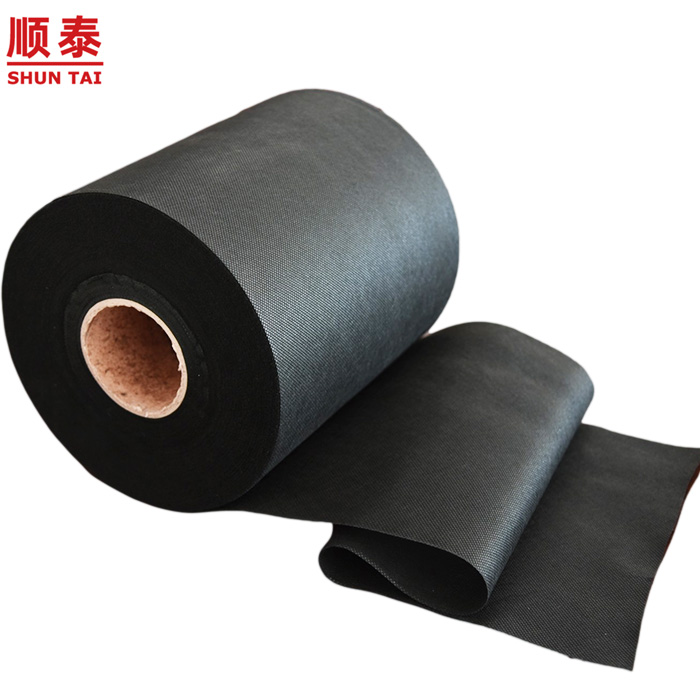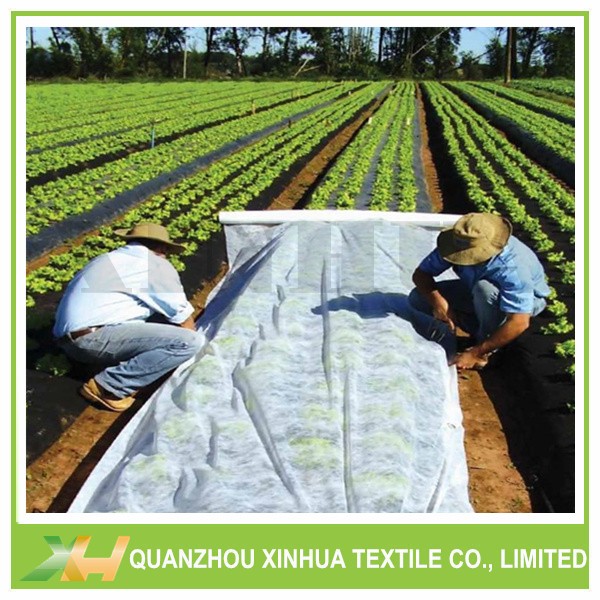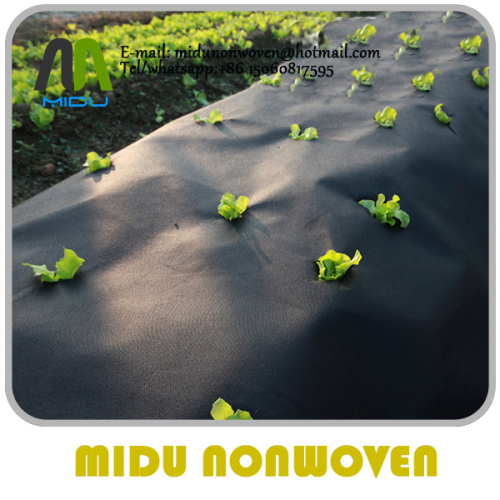
Non-Woven Industry Development. Nonwoven fabrics are a new product from the petrochemical and plastics industries following the introduction of film. In comparison to plastic cloth, it is less heavy and has good ventilation. It is often used in sanitary and medical items such as sanitary napkins towels, facial towels, filters and so on. It was later used in engineering. Non-woven fabric is used in vegetable production to prevent damaging the cold. Although the production of non-woven fabrics is more complex than plastic film, the fundamental ingredients are basically identical. This includes PE (polyvinylchloride), EVA(Ethylene Vinyl Acetate Copolymer) EVA/polyethylene, as well as PVA/polyvinyl ether. Through melting plastic and inflating the resultant thin film the traditional plastic film is created. The film is continuous. It extends indefinitely. The film does not have pores. The film is impermeable , and prevents any movement or exchange of molecules. Chemical fibers made from synthetic chemicals found in the mentioned sources became the favorite of the textile trade after the growth of the manufacturing industry. But , in essence the chemical fibers are still made into cloth using traditional warp and weft weaving. Instead of the traditional warp and weft techniques, non-woven materials are formed by interweaving fibers that originate from various directions. It has superior material characteristics than conventional weaving fabrics. It is also manufactured in a single process starting from raw materials and ending with the final product. It's less expensive than traditional weaving, which requires drawing fibers into yarn and weaving. The past few years have seen the introduction of an array of non-woven fabrics being used in the clothing industry. Thanks to advances in material science, and the advancement and use of production technology, nonwoven fabrics are becoming more diverse and are employed more frequently. Every day , we are exposed to diverse products and materials. Because of their lightness and ease of production, non-woven materials have seen a rise in demand in the field of agriculture. Check out this non woven landscape fabric for recommendations.

Non-Woven Fabrics in the Agricultural Industry. Non-woven fabrics first appeared in Europe in 1978. They were made to keep carrots warm during early harvesting and prevent whiteflies and tomato leaf virus. Non-woven fabric is used in the United States for the mulching and protection of tomatoes, sweet peppers. root vegetables, carrots such as carrots. radishes. The cabbage. lettuce. It is used mainly to keep heat in check, as well as early harvesting, and for insect control. Non-woven fabrics are typically employed as covers for surfaces like grass-proof mats. Short fibers are used to make water-absorbing blankets which are applied to nursery beds, allowing the roots to fully absorb water. They can serve as the basis to produce turf or garden grassland to moisturize drainage, drain and divide the garden. They also serve as planting bags for large woody plants such as fruit trees and garden trees, preventing weeds and retaining moisture. Non-woven fabric can also be used for crop cover in Taiwan. They are also extensively used to lower energy consumption in large greenhouses. Double-layered curtains and canopy covers reduce heat dissipation and radiation at night. TAVIK fabrics, which are non-woven, spun-bonded non-woven TAVIK fabrics that have high density were initially used to shade and protect the cauliflower bulbs. Because of its high shading ability, lower thermal conductivity as well as its easy recycling, it was swiftly adopted by farmers. Then, it was used for the preservation of shade and the protection of leaf vegetables as also in the cultivation and protection of pineapples and fruit trees. The growth of non-woven industries is slow because of Taiwan's unique climate and ecology. Taiwan's non-woven fabric producers continue to develop non-woven technologies. They are focusing on air permeability and water absorption and water repellency. It is being utilized to store and preserve agricultural products. Check out this agriculture non woven fabric manufacturer for recommendations.
